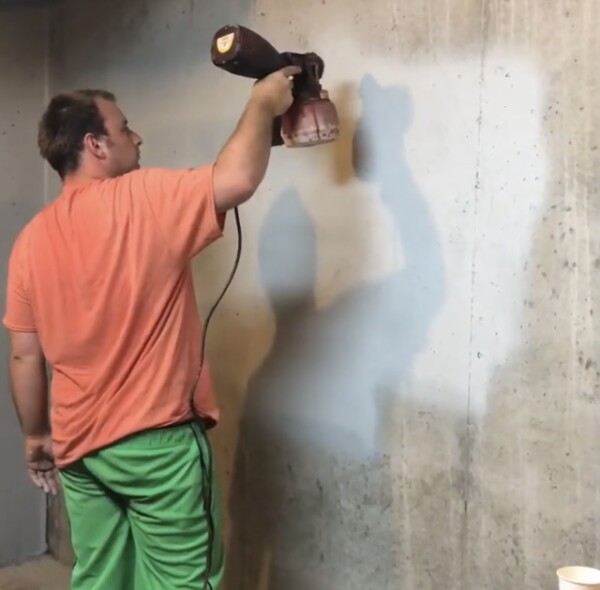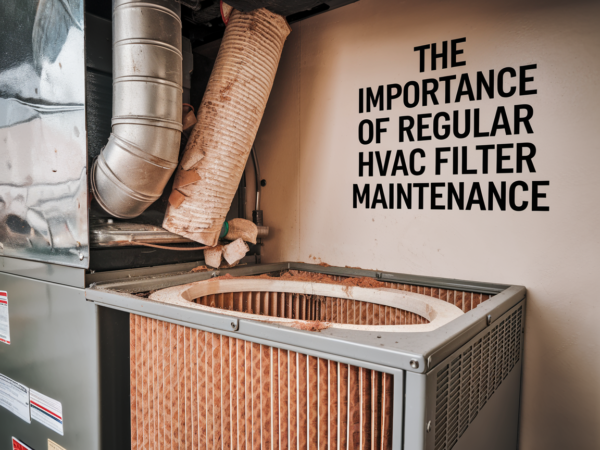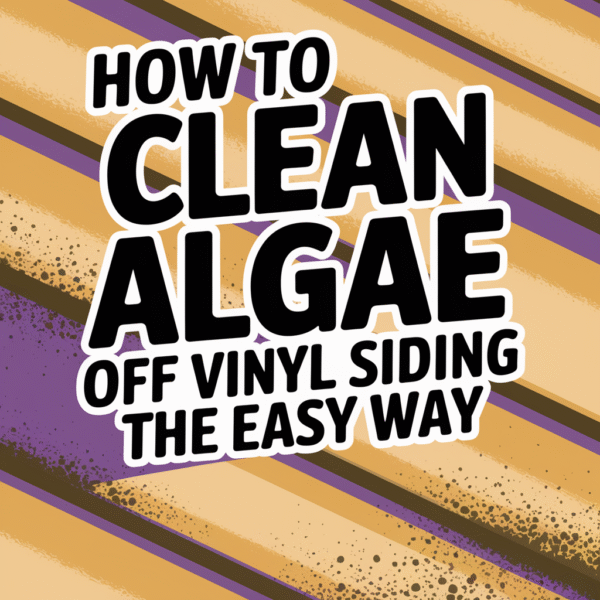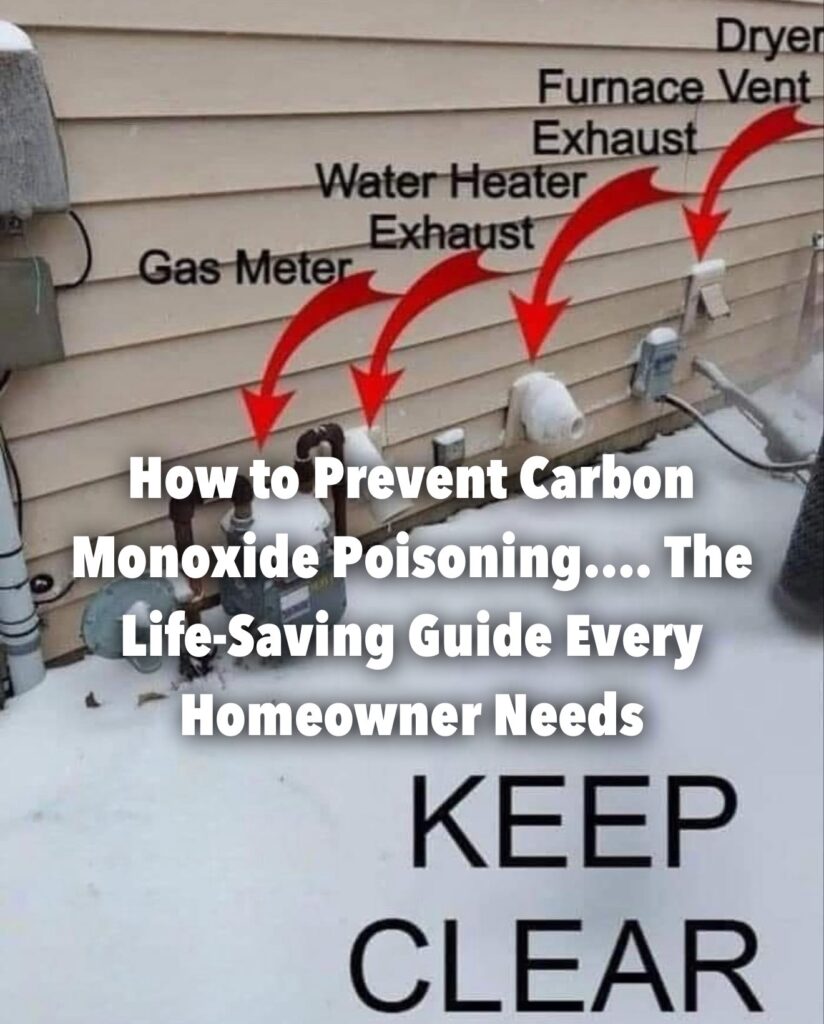
The Deadly Gas You Can’t See, Smell, or Taste
Carbon monoxide (CO) is called the silent killer for a reason—you can’t see it, smell it, or taste it, yet it can poison you without warning. In the U.S. alone, over 400 people die from carbon monoxide poisoning every year, and thousands more end up in the emergency room.
Why Carbon Monoxide Is So Dangerous
Unlike other gases, CO doesn’t irritate your nose or throat, so you won’t even know you’re breathing it in. It replaces oxygen in your bloodstream, starving your brain and organs, leading to dizziness, confusion, and eventually, unconsciousness or death.
Early signs of CO poisoning include:
⚠️ Headaches & dizziness – Feels like the flu but without the fever
⚠️ Nausea & vomiting – Your body’s desperate attempt to expel toxins
⚠️ Confusion & weakness – Lack of oxygen makes it hard to think or move
⚠️ Chest pain & shortness of breath – Your heart and lungs are struggling
⚠️ Loss of consciousness – A final warning sign before it’s too late
Why Winter Months Are Extra Dangerous
The risk of carbon monoxide poisoning skyrockets in winter because:
🔥 Homes are sealed tight to keep heat in, reducing airflow
🔥 Gas furnaces, fireplaces, and space heaters run constantly, increasing CO production
🔥 Snow and ice block vents and chimneys, trapping CO inside
If your furnace, water heater, or dryer vent gets blocked, CO has nowhere to go—except back into your home. That’s why keeping vents clear in winter is a life-saving habit.
👉 Here’s why clearing snow from vents is critical for winter safety.
The good news? Carbon monoxide poisoning is 100% preventable if you know what to do. In the next section, we’ll cover the most common sources of CO leaks and how to eliminate the risk.
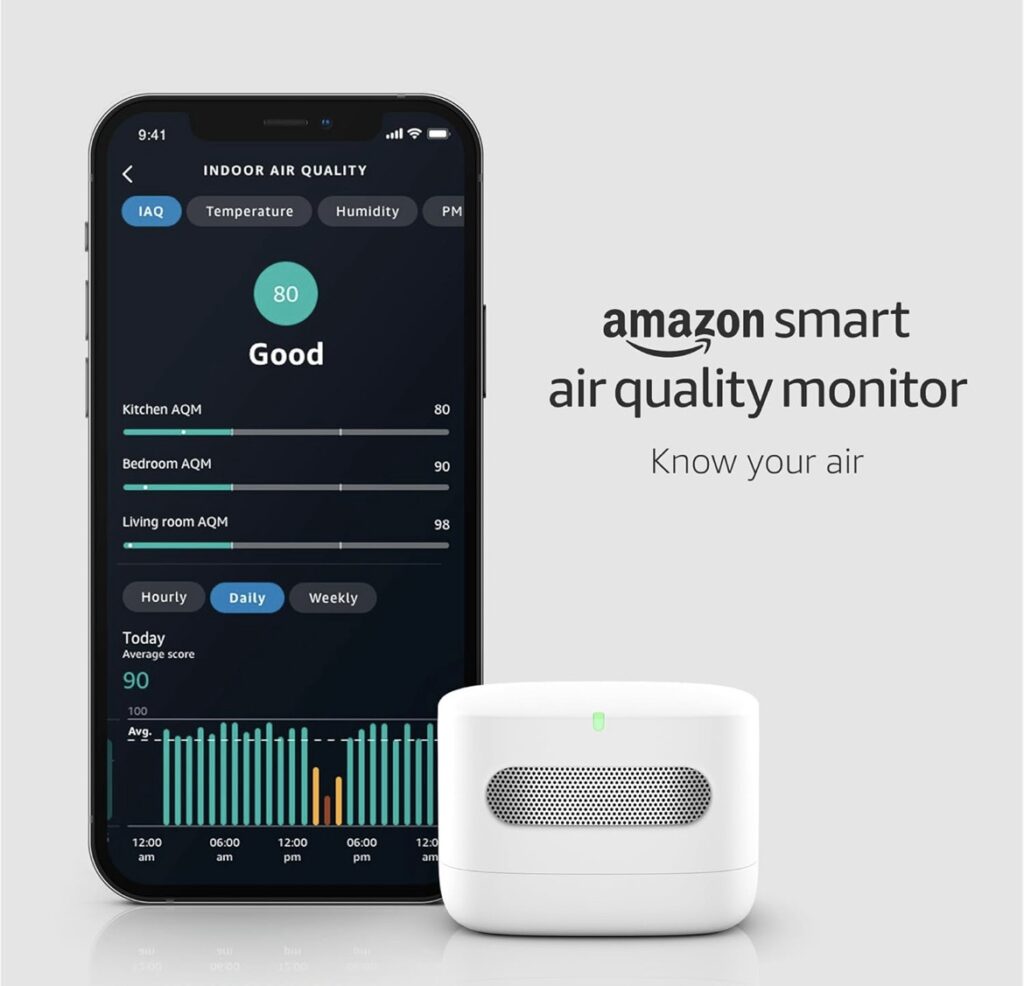
What Causes Carbon Monoxide Poisoning in a Home?
Most people assume that carbon monoxide poisoning only happens in old homes with faulty appliances, but the reality is any home with fuel-burning devices is at risk. Even brand-new homes can have CO buildup if vents get blocked, appliances malfunction, or exhaust gases aren’t properly vented.
Biggest CO Risks in Your Home
🔥 Gas Furnaces & Water Heaters – These are among the top culprits for CO leaks, especially if they haven’t been serviced in a while. A cracked heat exchanger, poor ventilation, or a blocked exhaust pipe can push CO right back into your home.
🔥 Clogged Dryer & Furnace Vents – Snow, leaves, or debris can block exhaust vents, causing CO to build up inside. Even small obstructions can be deadly since they prevent dangerous gases from escaping. This is especially dangerous in winter when snow can pile up around vents.
👉 Make sure your vents are clear—here’s why it matters.
🔥 Vehicles Running in the Garage – Even if the garage door is open, a running car can produce enough CO to seep into your home in minutes. NEVER warm up your car inside the garage, even in cold weather.
🔥 Gas Stoves & Ovens – Many people think it’s safe to use a gas stove for heat during a power outage, but this can flood your home with carbon monoxide. Even normal gas cooking produces CO, which is why kitchens should always have good ventilation.
👉 Get a reliable CO detector for your home—this Kidde Carbon Monoxide Alarm is highly rated.
🔥 Fireplaces & Wood Stoves – Without proper venting, wood-burning stoves and fireplaces can release deadly amounts of CO into your home. If the chimney is clogged with soot or blocked by snow, smoke and gases will have nowhere to escape.
🔥 Portable Generators & Space Heaters – When the power goes out, many people turn to generators or propane heaters, but using them inside or too close to a house can create lethal CO levels fast. Generators should always be used at least 20 feet away from windows and doors.
How to Identify a CO Leak Before It’s Too Late
You won’t see or smell carbon monoxide, but your home may give you clues that CO is present:
⚠️ Soot stains around fuel-burning appliances
⚠️ Pilot lights going out frequently (on stoves, furnaces, water heaters)
⚠️ Excessive condensation on windows near gas appliances
⚠️ Stale, stuffy air that feels heavy
The best way to protect yourself from an invisible killer is to install CO detectors and be proactive about maintenance. In the next section, we’ll cover the #1 way to prevent carbon monoxide poisoning and how to ensure your home is safe.
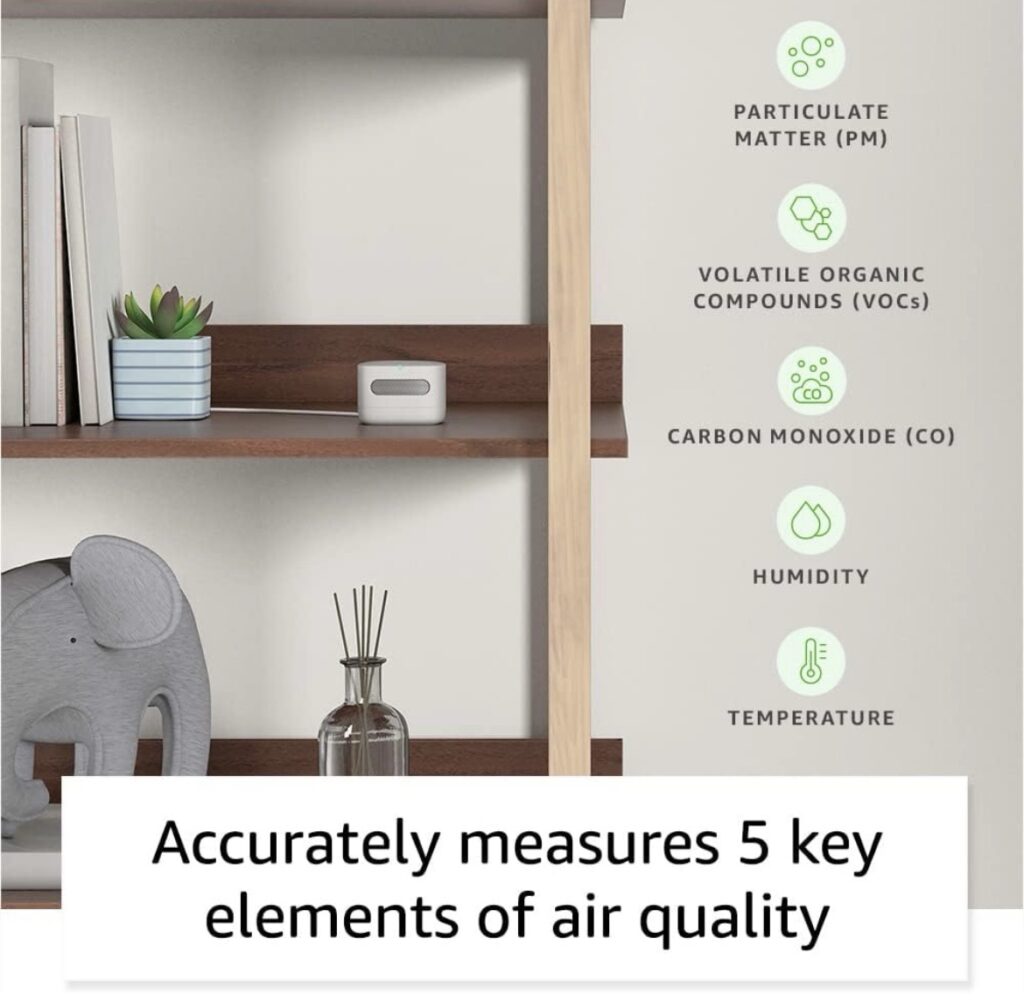
The #1 Way to Prevent Carbon Monoxide Poisoning: Install a CO Detector
If there’s one thing every home needs to prevent carbon monoxide poisoning, it’s a reliable CO detector. It’s the only way to know if CO is present before it reaches dangerous levels. You can’t see, smell, or taste CO, but a detector can catch it before it’s too late.
Where to Place Carbon Monoxide Detectors for Maximum Safety
Many homeowners make the mistake of placing CO alarms in the wrong spots. Here’s where you actually need them:
✔ Near every bedroom – CO poisoning can happen while you sleep. Make sure an alarm is within hearing distance of every sleeping area.
✔ On every level of your home – CO spreads quickly, so having a detector on each floor is essential.
✔ Close to fuel-burning appliances – Place alarms near furnaces, water heaters, and gas stoves, but not right next to them (to avoid false alarms from normal operation).
✔ In the garage – If you warm up your car in cold weather, a CO detector in the garage can alert you if fumes are leaking into your home.
👉 This Kidde Carbon Monoxide Detector is a top-rated, battery-powered alarm that could save your life.
How to Test & Maintain Your CO Detector
Just installing a CO detector isn’t enough—you need to keep it working properly.
✔ Test alarms once a month – Press the “test” button to ensure the sensor is active.
✔ Replace batteries every 6 months – A dead battery is as bad as no detector at all.
✔ Replace detectors every 5-7 years – CO sensors degrade over time, so check the manufacturer’s guidelines.
Signs Your CO Detector is Warning You
A working CO detector will alert you with different beeps depending on the danger level:
🚨 4 loud beeps, repeated = CO detected, evacuate immediately
⚠️ 1 beep every 30-60 seconds = Low battery, replace immediately
❌ No beeps = Your detector isn’t working—check batteries or replace it
Having a CO detector is the best first line of defense, but proper ventilation and smart home habits are just as important. In the next section, we’ll cover whether opening windows can actually help prevent CO poisoning—or if that’s a dangerous myth.
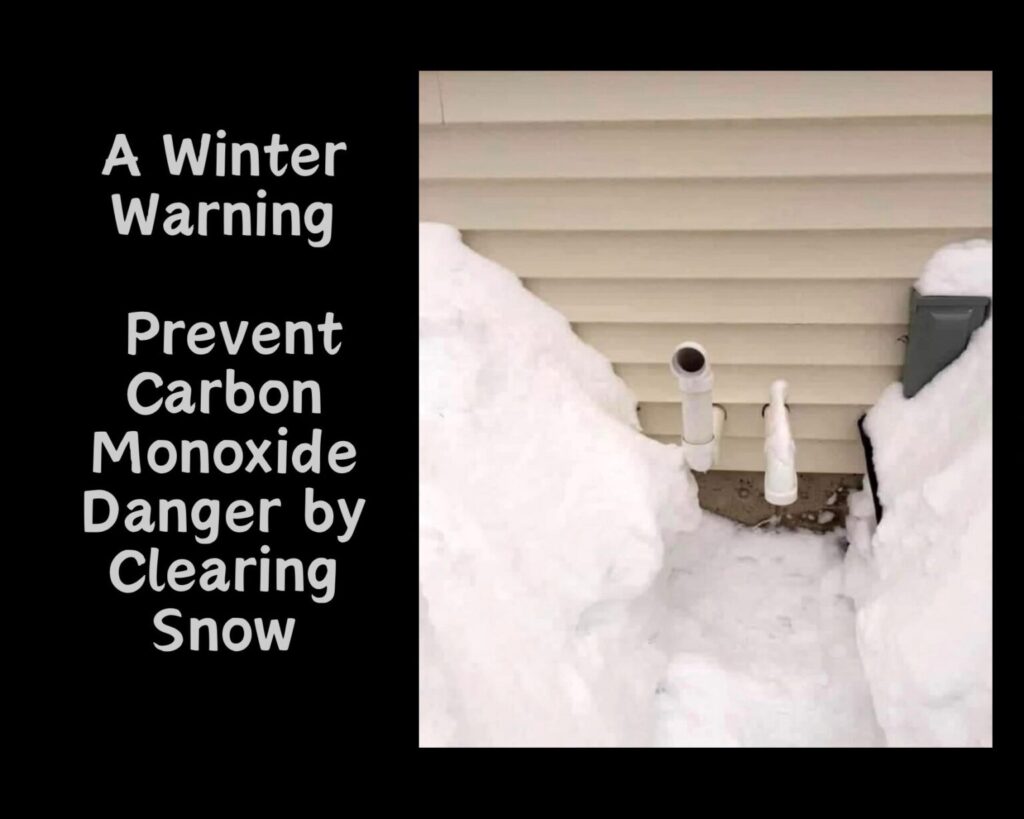
Will Opening Windows Prevent Carbon Monoxide Poisoning?
A lot of people think cracking a window will protect them from carbon monoxide poisoning, but that’s a dangerous myth. While ventilation helps, simply opening a window isn’t enough to prevent CO buildup—especially in cold weather when homes are sealed tight.
Why Opening a Window Won’t Keep You Safe
🚫 CO is heavier than air and spreads fast – A single open window won’t create enough airflow to remove all CO if it’s leaking from a furnace, stove, or generator.
🚫 CO can still accumulate in dead zones – Even with a small window open, corners, closed rooms, and low areas can trap deadly levels of CO before you even notice symptoms.
🚫 Sleeping through CO exposure is extremely dangerous – If CO levels are rising overnight, you won’t wake up in time to do anything about it. That’s why detectors are so critical.
👉 Get an Amazon Smart Air Quality Monitor to track indoor air quality, including CO levels.
When Ventilation Can Help
✅ If CO levels are low, opening windows CAN help reduce exposure—but only as a temporary measure. If you suspect CO, leave the house immediately and call emergency services.
✅ Proper home ventilation year-round helps prevent CO buildup – Keeping your HVAC system running, chimney flues open, and vents clear allows proper airflow, which reduces the risk of CO leaks.
👉 Improve your home’s air quality with activated carbon air vent filters.
The ONLY Real Solution: Stop CO at the Source
✔ Install CO detectors and check them regularly – The best way to prevent CO poisoning is early detection. This Kidde CO detector is a must-have.
✔ Keep vents clear of snow and debris – Blocked furnace, dryer, and water heater vents can cause CO buildup fast. Here’s why clearing them in winter is so important.
✔ NEVER run gas-powered machines indoors – Generators, heaters, and vehicles should always be used outside, far from windows and doors.
Opening windows might slightly lower CO levels, but it’s not enough to keep you safe. In the next section, we’ll break down the best ways to actively reduce CO buildup in your home before it becomes a problem.
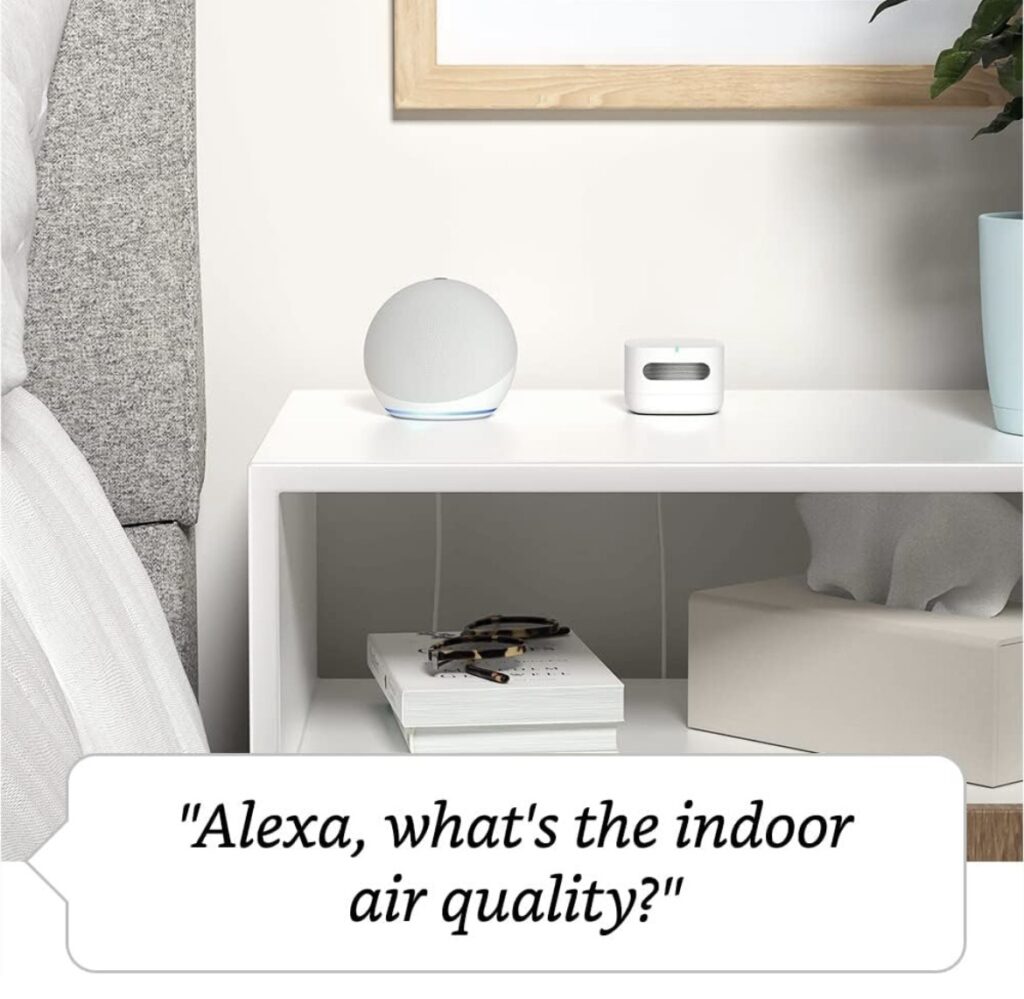
How to Reduce Carbon Monoxide in a Room (Before It Builds Up)
The best way to prevent carbon monoxide poisoning is to stop CO from accumulating in the first place. Simply airing out a room isn’t enough—you need to take proactive steps to reduce CO at the source.
1️⃣ Keep All Exhaust Vents Clear 🚪💨
One of the biggest reasons CO builds up indoors is blocked exhaust vents. These vents are designed to carry CO and other gases out of your home, but when they get obstructed, deadly gas gets trapped inside.
✔ Furnace and water heater vents – Check regularly, especially after snowstorms.
✔ Dryer vents – A clogged dryer vent not only increases CO risk but is also a major fire hazard.
✔ Fireplace flues and chimneys – If your chimney is blocked, smoke and CO will flow right back into your home.
👉 Clearing snow from vents is critical in winter. Here’s why.
2️⃣ Never Leave Cars Running in a Garage 🚗🛑
Even with the garage door open, running a car inside can quickly flood your home with CO. Exhaust fumes can linger and seep into your living space, even hours later.
✔ Always pull your car out of the garage before idling—especially in winter.
✔ Make sure garage-to-house doors are properly sealed to prevent CO from leaking in.
3️⃣ Ventilate Gas Appliances Properly 🔥🏡
Gas stoves, ovens, and fireplaces all produce small amounts of CO—but if ventilation is poor, that small amount can turn deadly.
✔ Use range hoods when cooking on a gas stove.
✔ Keep fireplace dampers open when in use.
✔ Never use a gas stove or oven to heat your home.
👉 An activated carbon air filter can improve air quality and help remove harmful gases.
4️⃣ Be Smart About Portable Generators & Heaters ⚡🔥
A huge mistake people make during power outages is bringing generators or propane heaters indoors. These machines release CO fast, and using them indoors is a recipe for disaster.
✔ Generators should be kept at least 20 feet away from your home.
✔ NEVER use propane or kerosene heaters indoors unless they are specifically designed for indoor use.
5️⃣ Regularly Inspect Your Heating System 🛠️
If you have a gas furnace, water heater, or fireplace, routine maintenance is critical to prevent CO leaks.
✔ Schedule an annual inspection for all gas appliances.
✔ Check for rust, cracks, or leaks in furnace heat exchangers.
✔ Make sure pilot lights burn blue—if they’re yellow, CO is being produced.
👉 CO detectors are a must-have in every home. This one is top-rated.
Prevention is the Best Protection
Carbon monoxide poisoning is entirely preventable—but only if you take the right steps. By keeping vents clear, properly venting appliances, and installing CO detectors, you can protect yourself and your family from this deadly gas.
In the next section, we’ll cover a question that confuses many homeowners—can an all-electric home still have a CO risk? The answer might surprise you.
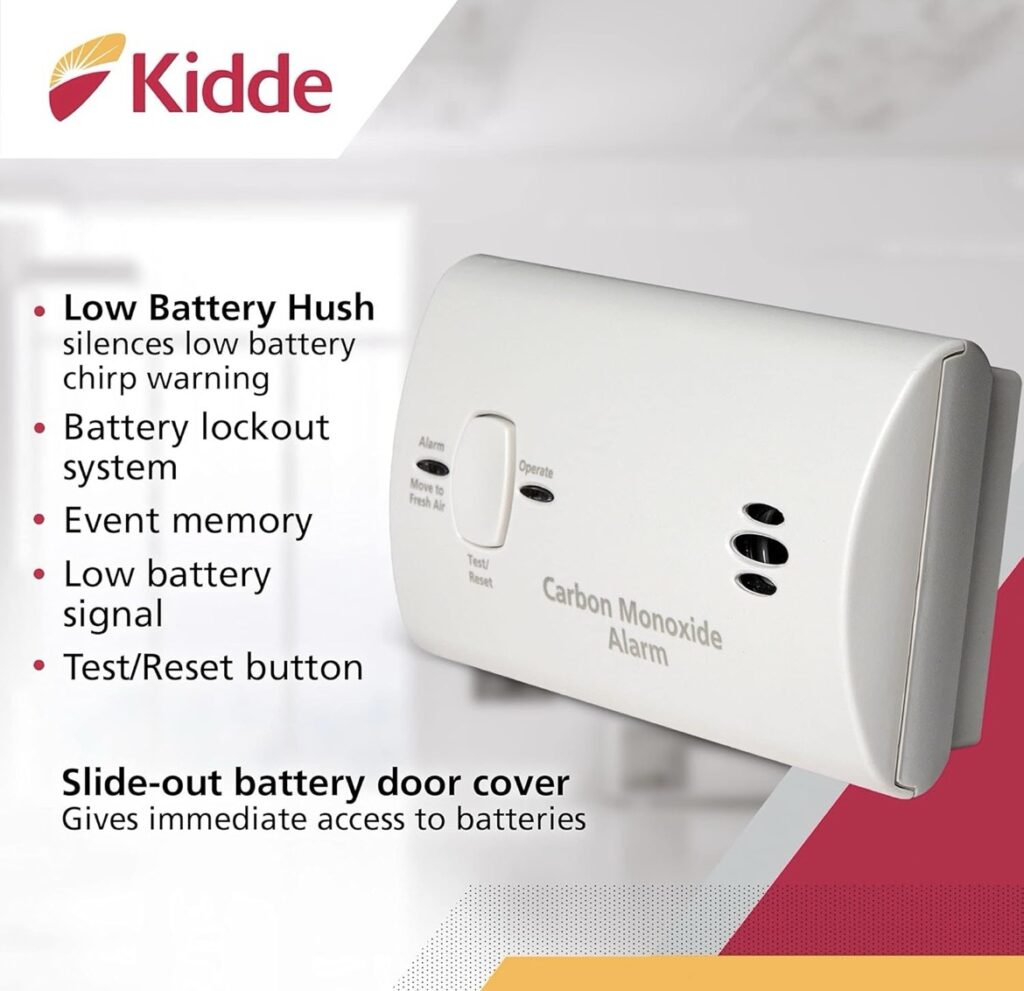
Can You Get Carbon Monoxide Poisoning in an All-Electric House?
A lot of people assume that carbon monoxide poisoning only happens in homes with gas appliances, but the reality is even an all-electric house isn’t 100% safe. While it’s true that electric stoves, heaters, and water systems don’t produce CO, there are still a few surprising ways CO can enter your home.
1️⃣ Attached Garages: The Hidden CO Danger 🚗💨
Even if your house is 100% electric, do you have an attached garage? If so, you’re still at risk.
✔ A running car in a garage can flood your home with CO. Even if you leave the garage door open, CO can seep into the house through gaps and ventilation systems.
✔ Remote-start cars can be deadly. Some people accidentally leave their cars running overnight, leading to CO poisoning in their sleep.
🔥 Solution: Never leave your car idling in an attached garage—even with the door open.
2️⃣ Wood-Burning Fireplaces & Stoves 🔥🏡
Even if your home has no gas lines, a fireplace or wood stove can still create carbon monoxide. If chimneys aren’t cleaned or ventilation is blocked, smoke and CO can push back into the home.
✔ Have your chimney professionally cleaned every year.
✔ Keep dampers open while the fireplace is in use.
✔ Watch for backdrafting—if smoke is coming into the room, so is CO.
🔥 Solution: Install a CO detector near your fireplace. This Kidde CO alarm is a great option.
3️⃣ Power Outages & Backup Generators ⚡💨
When power goes out, many homeowners turn to gas-powered generators—which can be one of the fastest ways to create a CO hazard.
✔ Generators should be at least 20 feet away from the house.
✔ Never use a generator in a garage, even with the door open.
✔ Make sure extension cords don’t lead inside through cracked windows or doors.
🔥 Solution: If you rely on a generator during power outages, always place it outdoors, far from vents or windows.
4️⃣ Nearby CO Leaks (Apartments & Condos) 🏢❌
If you live in a townhome, condo, or apartment building, you could still be at risk for CO poisoning from a neighbor’s faulty gas appliance.
✔ CO can travel through walls and ventilation systems.
✔ Even if your unit is electric, other units may use gas appliances.
✔ CO can leak through shared garages, hallways, and basements.
🔥 Solution: Always have at least one CO detector in your unit, even if your home is fully electric. This smart air quality monitor can track CO levels and alert you.
Bottom Line: Electric Homes Are Safer, But Not Risk-Free
While all-electric homes eliminate the risk of gas appliance leaks, you can still experience CO poisoning from attached garages, fireplaces, generators, and nearby sources.
✔ Every home should have CO detectors—regardless of how it’s powered.
✔ Garages and generators are the biggest risks in electric homes.
✔ Fireplaces and wood stoves still produce CO and need proper ventilation.
In the next section, we’ll tackle another common concern—can you get carbon monoxide poisoning from a gas stove, and how can you use one safely?

Can You Get Carbon Monoxide Poisoning from a Gas Stove?
Yes, gas stoves can produce carbon monoxide, but the risk depends on how well your stove is maintained and ventilated. Most modern gas stoves are designed to burn clean, meaning they produce very little CO under normal use. However, malfunctioning burners, poor ventilation, and improper use can turn your kitchen into a CO hazard.
1️⃣ How Gas Stoves Produce Carbon Monoxide
When a gas stove is working properly, it burns natural gas (or propane) efficiently, producing carbon dioxide (CO₂) and water vapor—both harmless. But when a stove doesn’t get enough oxygen, it creates carbon monoxide (CO) instead.
🚫 Yellow or orange burner flames = incomplete combustion = higher CO levels.
🚫 A clogged burner or dirty stove = increased CO risk.
🚫 Using the stove as a heat source = high CO exposure.
🔥 Solution: Check for blue flames. If your stove’s flame is mostly yellow or orange, have it inspected ASAP.
2️⃣ Why You Should NEVER Use a Gas Stove to Heat Your Home
It’s cold outside, the power is out, and you think, “I’ll just turn on the oven for heat.” Bad idea.
✔ Gas stoves aren’t designed for long-term burning—they lack proper venting.
✔ Running a gas stove for hours floods your home with CO.
✔ If the flame goes out, gas could continue leaking, leading to CO poisoning or even an explosion.
🔥 Solution: Use a proper heater. If you need an alternative heat source, use a safe indoor-rated propane heater—not your stove.
3️⃣ How to Use a Gas Stove Safely to Avoid CO Poisoning
If you cook with gas, follow these safety steps to prevent CO buildup:
✔ Always use the range hood – Even if you don’t smell gas, run your kitchen vent fan while cooking.
✔ Keep a window cracked when using the stove for long periods.
✔ Clean the burners regularly – A dirty burner reduces airflow, increasing CO production.
✔ Check for gas leaks – If you ever smell gas, hear hissing, or suspect a leak, shut off the gas supply immediately.
👉 A good CO detector in the kitchen is a must. This one is highly rated.
4️⃣ Can Gas Stoves Leak Carbon Monoxide When Off?
No, a properly functioning gas stove does not leak CO when turned off. However, a gas leak is still possible if the stove is faulty. If you ever smell gas when the stove is off, shut off the gas line and call a professional immediately.
🔥 Solution: Schedule annual maintenance for all gas appliances, including your stove, furnace, and water heater.
Gas stoves are safe when used properly, but proper ventilation and CO detection are key to preventing accidents. In the next section, we’ll break down some of the biggest myths about carbon monoxide poisoning—and why they can be deadly.
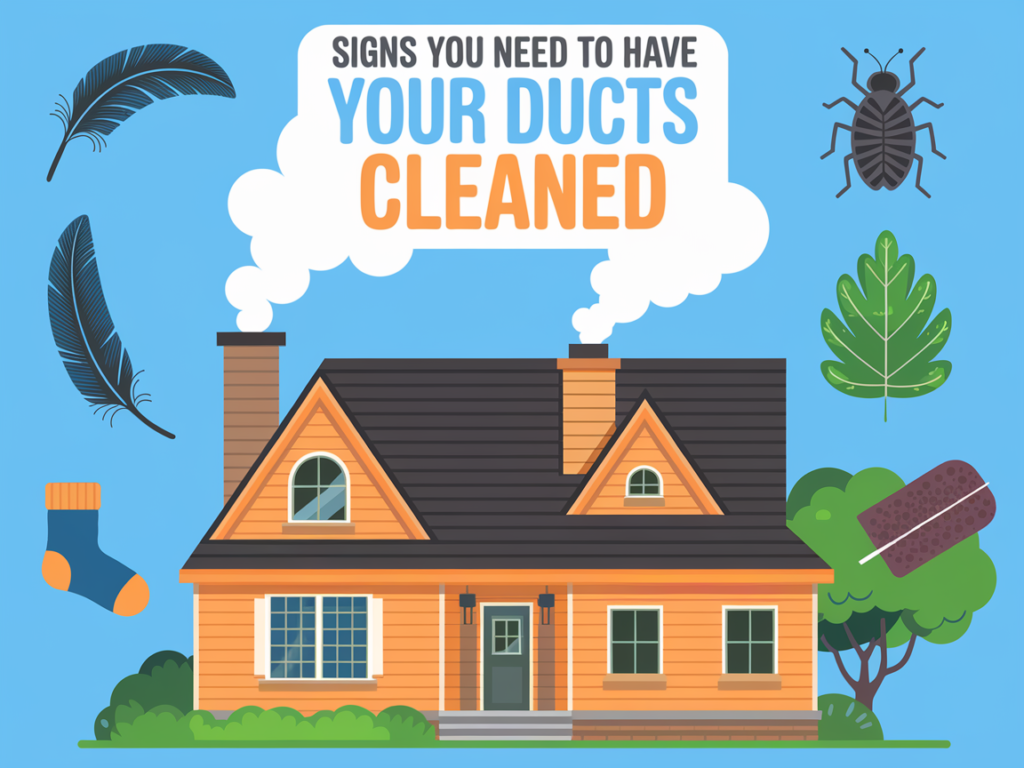
Common Myths About Carbon Monoxide Poisoning (And Why They’re Dangerous)
There are a lot of misconceptions about carbon monoxide poisoning—some of which can put you and your family at serious risk. Many people assume they’d be able to tell if CO was building up in their home, but that’s not how CO works. Let’s debunk the most common myths so you know what’s actually safe and what isn’t.
1️⃣ “I’ll Smell It If There’s a Carbon Monoxide Leak”
🚫 False. CO is completely odorless, tasteless, and invisible.
Unlike natural gas, which has a strong rotten egg smell, carbon monoxide has no warning signs. By the time you start feeling symptoms, it may already be too late.
🔥 Solution: Install CO detectors in your home. This one is highly rated and could save your life.
2️⃣ “I Don’t Need a CO Detector Because I Have a Smoke Alarm”
🚫 False. Smoke alarms and CO detectors are two completely different things.
A smoke alarm detects fire and smoke, NOT carbon monoxide. If you don’t have a CO detector, you have no way of knowing if CO is in your home.
🔥 Solution: Install both a smoke alarm and a carbon monoxide detector.
3️⃣ “New Appliances Mean I’m Safe from CO Poisoning”
🚫 False. Even brand-new furnaces, stoves, and water heaters can malfunction.
A new appliance doesn’t guarantee safety if the venting system is blocked or improperly installed.
🔥 Solution: Have gas appliances inspected yearly, even if they’re brand new. Check out this guide on winter vent safety to prevent blockages.
4️⃣ “Carbon Monoxide Poisoning Only Happens in the Winter”
🚫 False. CO poisoning can happen ANY time of year.
While winter increases the risk (due to closed windows and constant heating use), CO poisoning can happen in the summer too—especially from gas-powered generators, BBQ grills, and car exhaust.
🔥 Solution: Never use generators or grills indoors, and always have working CO detectors.
5️⃣ “If I Crack a Window, I’ll Be Safe from CO Poisoning”
🚫 False. A slightly open window won’t provide enough ventilation to stop CO buildup.
Carbon monoxide spreads fast and can linger in dead zones of your home, even if a window is open.
🔥 Solution: Ventilation helps, but the only real way to prevent CO poisoning is to eliminate the source. Here’s how to properly ventilate your home.
6️⃣ “I’ll Wake Up If Carbon Monoxide Builds Up While I’m Sleeping”
🚫 False. CO poisoning can cause unconsciousness before you even wake up.
CO poisoning often happens at night when people breathe in toxic air while they sleep. Unfortunately, many victims never wake up.
🔥 Solution: Place a CO detector near every bedroom so it will wake you up before it’s too late.
Reality Check: CO Poisoning is 100% Preventable
The only way to truly stay safe is to understand the real risks and take action. Don’t fall for these deadly myths—instead, equip your home with CO detectors, clear your vents, and be smart about fuel-burning appliances.
In the next section, we’ll go over a final safety checklist to ensure your home is fully protected from CO dangers.
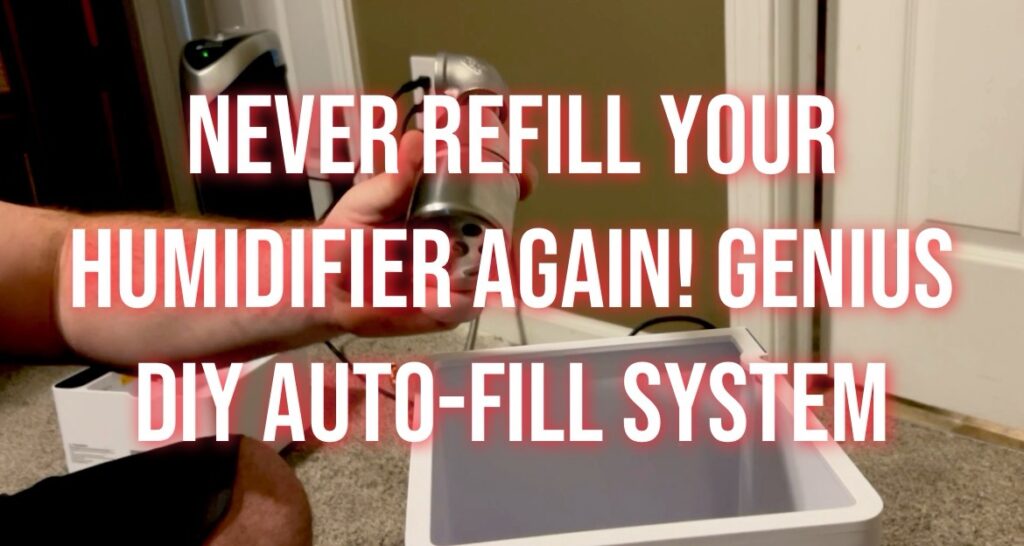
Final Safety Checklist: How to Prevent Carbon Monoxide Poisoning at Home
Carbon monoxide poisoning is 100% preventable—but only if you take the right precautions. Use this final safety checklist to make sure your home is fully protected from CO risks.
✅ Step 1: Install & Maintain CO Detectors
✔ Place a CO detector on every level of your home—especially near bedrooms and fuel-burning appliances.
✔ Test CO alarms monthly and replace batteries every 6 months.
✔ Replace CO detectors every 5-7 years—old sensors stop working effectively.
✔ Consider a smart CO monitor like this one for real-time air quality tracking.
✅ Step 2: Keep Vents & Chimneys Clear
✔ Check furnace, dryer, and water heater vents regularly—especially after heavy snow or storms.
✔ Inspect chimneys and fireplace flues to make sure they’re free of soot and debris.
✔ Make sure your home’s ventilation system is working properly.
👉 Learn why keeping vents clear in winter is a lifesaver.
✅ Step 3: Use Gas Appliances Safely
✔ NEVER use a gas stove or oven to heat your home.
✔ Turn on your kitchen exhaust fan or open a window when using a gas stove.
✔ Keep all gas appliances well-maintained—schedule annual inspections.
✅ Step 4: Be Smart About Cars & Generators
✔ NEVER leave a car running in a garage—even with the door open.
✔ Generators must be placed at least 20 feet from your home.
✔ Never use charcoal grills, propane heaters, or camping stoves indoors.
✅ Step 5: Know the Signs of CO Poisoning
✔ Headaches, dizziness, nausea, confusion, or flu-like symptoms? GET OUT and get fresh air immediately.
✔ If your CO alarm goes off, leave the house and call emergency services.
✔ If you suspect a gas leak, turn off the gas supply and call for help—don’t try to fix it yourself.
Final Thought: Prevention is Key
Carbon monoxide poisoning is silent but deadly—but with the right precautions, you can eliminate the risk completely.
✔ Install CO detectors, check them often, and stay aware of CO risks.
✔ Keep vents clear and maintain gas appliances.
✔ Educate your family on CO safety—it could save lives.
👉 Want more essential home safety tips? Check out this must-read guide for homeowners.

Carbon Monoxide Safety is Non-Negotiable
Carbon monoxide poisoning is a serious but completely preventable danger that every homeowner needs to take seriously. The key to safety isn’t luck—it’s preparation. If you’ve made it this far, you now have the knowledge to eliminate CO risks in your home and protect your family.
🔑 Key Takeaways:
✔ Carbon monoxide is invisible, odorless, and deadly—detection is your only defense.
✔ Install CO detectors on every floor, near bedrooms, and near fuel-burning appliances.
✔ Keep vents, chimneys, and exhaust pipes clear to prevent CO buildup.
✔ Never use gas stoves, ovens, or grills for heat—these can produce lethal CO levels.
✔ Vehicles, generators, and space heaters should always be used in well-ventilated areas.
✔ Know the symptoms of CO poisoning and act immediately if you suspect exposure.
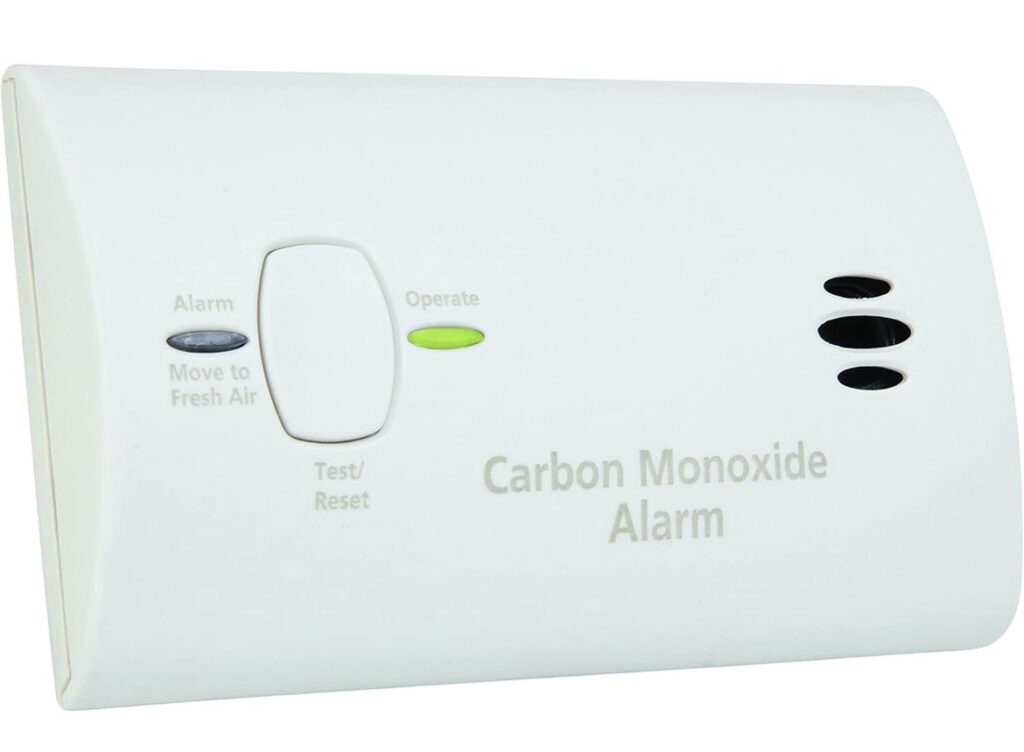
Take Action Now—Don’t Wait Until It’s Too Late
Every year, families lose loved ones because they didn’t take simple precautions. Don’t be one of them. Right now, take these 3 quick steps to make your home safer:
1️⃣ Install or test your CO detectors – This highly rated Kidde CO alarm is a must-have.
2️⃣ Check and clear all vents – Here’s why winter blockages are a major risk.
3️⃣ Educate your family on CO risks – Make sure everyone knows what to do if an alarm goes off.
🚨 One small step today could save a life tomorrow. Stay safe, stay aware, and make carbon monoxide prevention a priority.

As an Amazon Associate we earn from qualifying purchases through some links in our articles.
